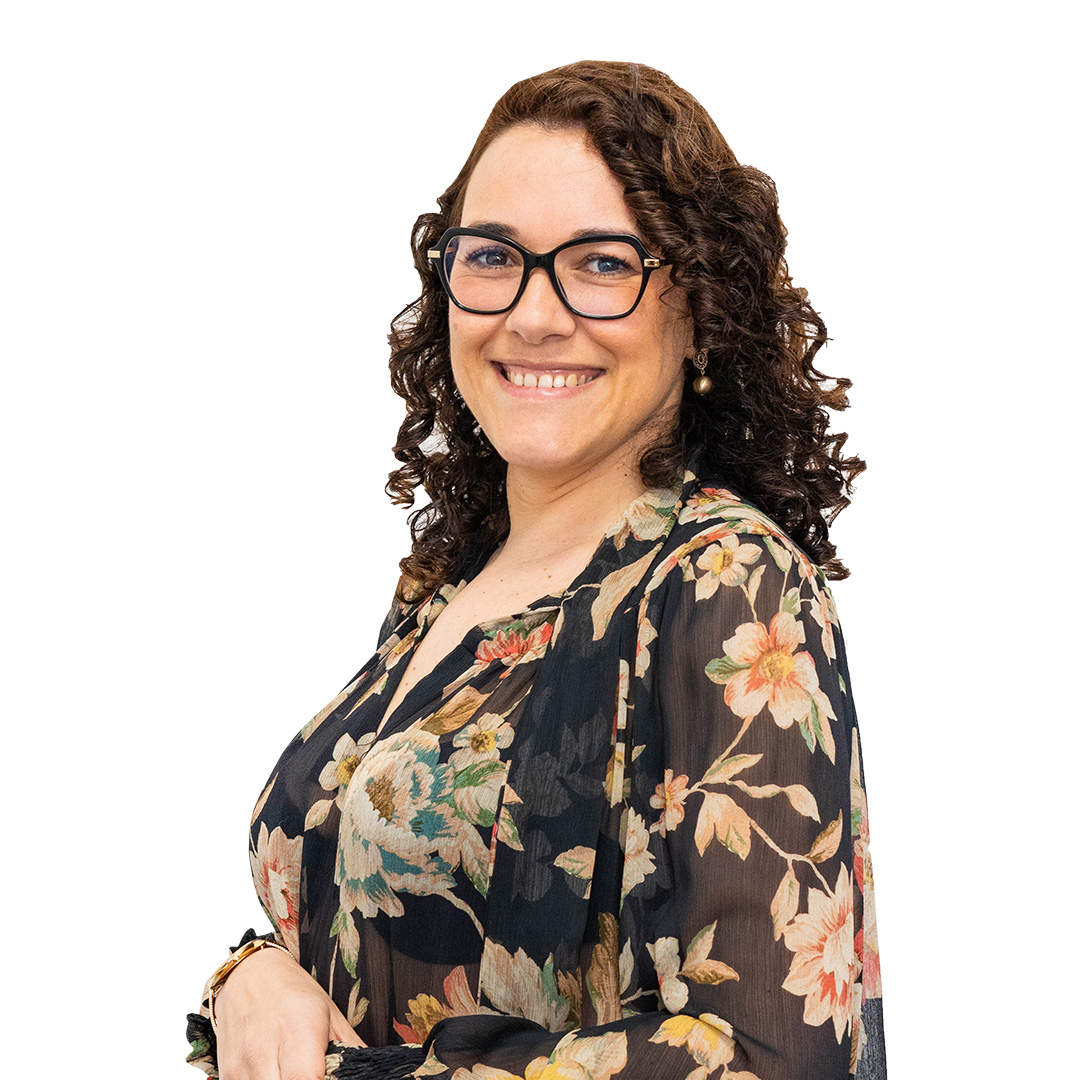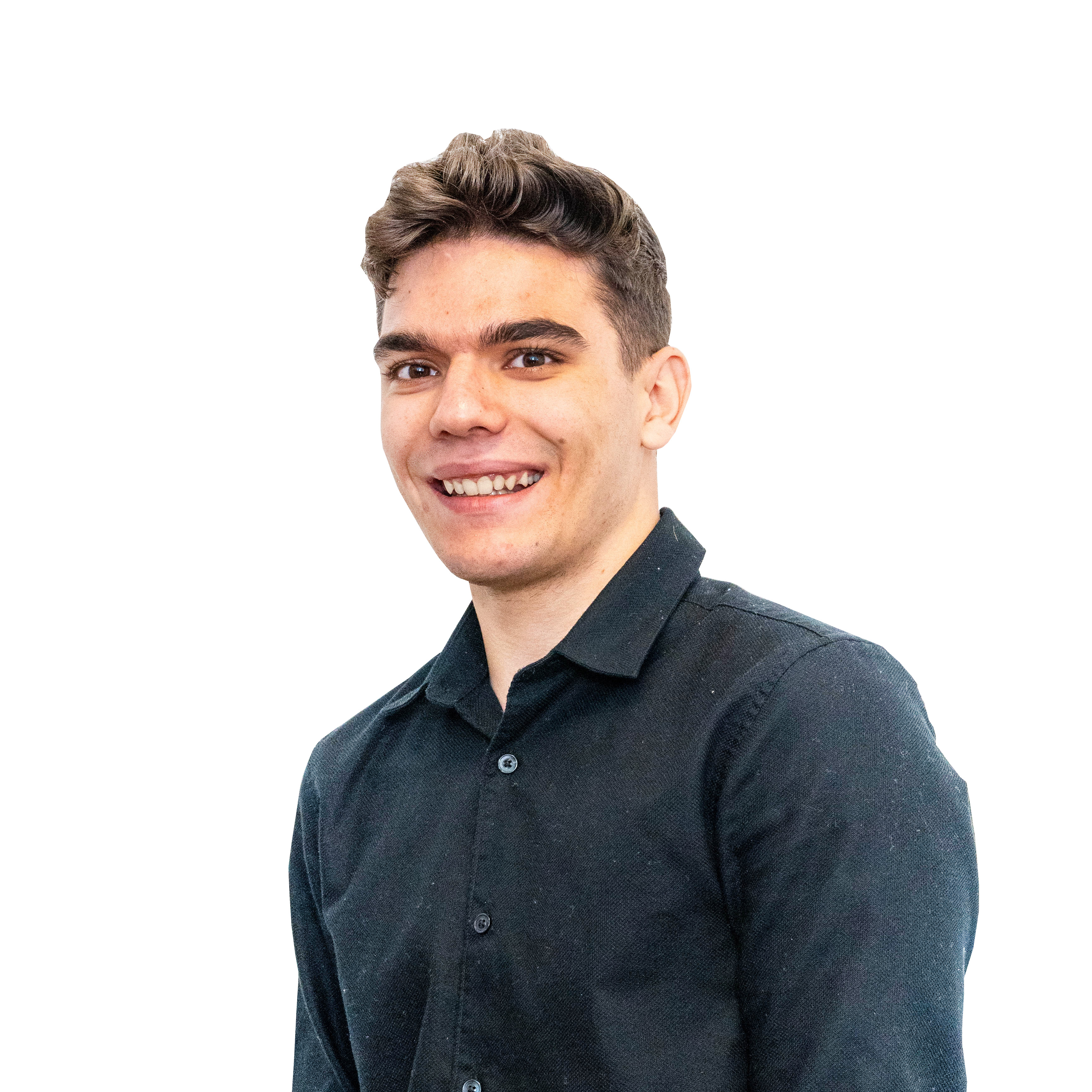
| Acronym: | PTDC/EME-SIS/1960/2020 - SONDA |
| Cost Center: | 1048 |
| Title: | Synchronized Atmospheric and Oceanic Data Acquisition |
| Start-End: | 02-03-2021 - 31-12-2024 |
| Entidade Beneficiária Principal: | Fundação Gaspar Frutuoso |
| Gestores da FGF: | Lúcia Cláudio, Ricardo Figueira |
| Responsible Researcher: | José Manuel Rodrigues Pacheco |
| R&D Units: | IVAR - Instituto de Investigação em Vulcanologia e Avaliação de Riscos |
| Entidade | Montante |
|---|---|
| Fundação para a Ciência e Tecnologia (100.0 %) | 49.370,00 € |
Project Description:
This project aims to contribute to a better monitoring of the atmosphere and ocean, proposing the development of a complementary system to the existing means of observation. This system is double and brings innovation in the respective vectors: i) the probes and ii) the probe carrier. Regarding the probes, the innovation is related to their ability to continuously monitor parameters of interest from the stratosphere to the deep sea. The probes will be configurable, allowing the integration of atmospheric, motion and tidal sensors. Upon reaching the sea floor, the spacecraft will remain Iii for a pre-defined period, monitoring all variables, including the acelastic image of the ocean. The probe will then return to the surface to transmit the acquired data to the control station via satellite or other available communication link, operating as a drift probe until the material degrades.
In relation to the probe carrier, a high altitude balloon will be used. This low cost solution with high payload capacity travels passively through the atmosphere to reach specific areas, but with low positional accuracy. Within the scope of this project, we intend to develop a control solution to provide the aerostat with some positioning capability, changing its altitude according to the available wind currents. Controlling the balloon's volume and load will allow it to remain in the air for longer, making it not only an excellent atmospheric observer, but also a communications repeater between launched probes and a ground control station, reducing the usual costs of satellite communication.
An application case study of the proposed SONDA system consists in the measurement of vertical profiles of atmospheric CO2 offshore. Measurements of the vertical profile of CO2 in the troposphere are fundamental since the uncertainties of the estimated flows, using inversion methods, may be due to inadequate representations of atmospheric processes in transport models.
As demonstrated in the monitoring of the oceans, hydrophones will be launched in the region of the Azores platform. These sensors will be installed at depths of up to 2km and will collect data from the region's sound activity that will later be crossed with data from the geological activity recorded by the IVAR network.
The proposed SONDA system, composed of a swarm of probes and a high-altitude balloon, will allow the acquisition of data in an economic and integrated way, from space, close to the deep sea. The high-altitude balloon will be able to launch probes over hundreds of kilometers, at significant altitudes, algae unreachable by other technologies such as the already common drones. This solution also bridges the gap between space and surface instrumentation, adding the available satellite information to detailed long-term analysis of the targeted areas.



